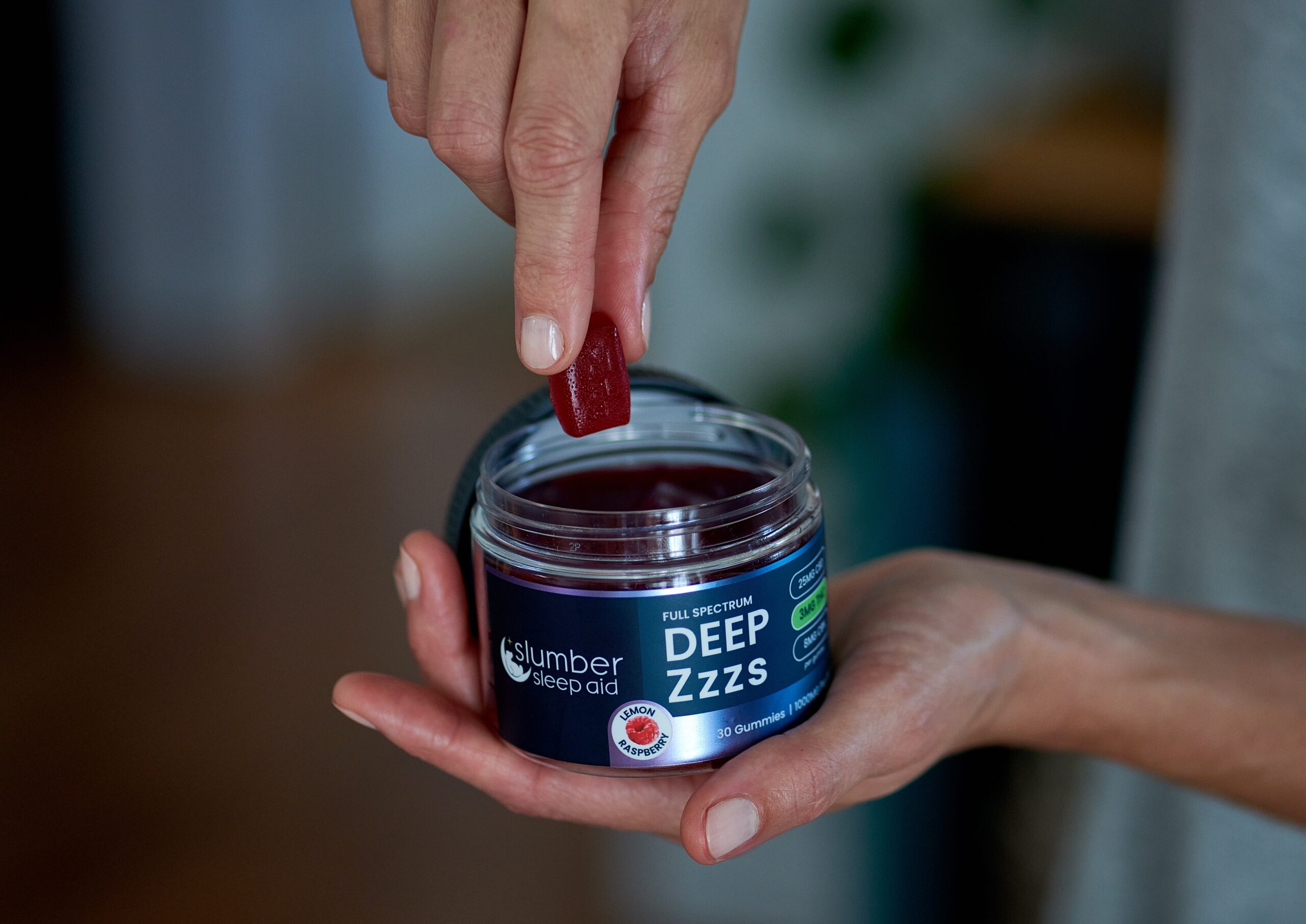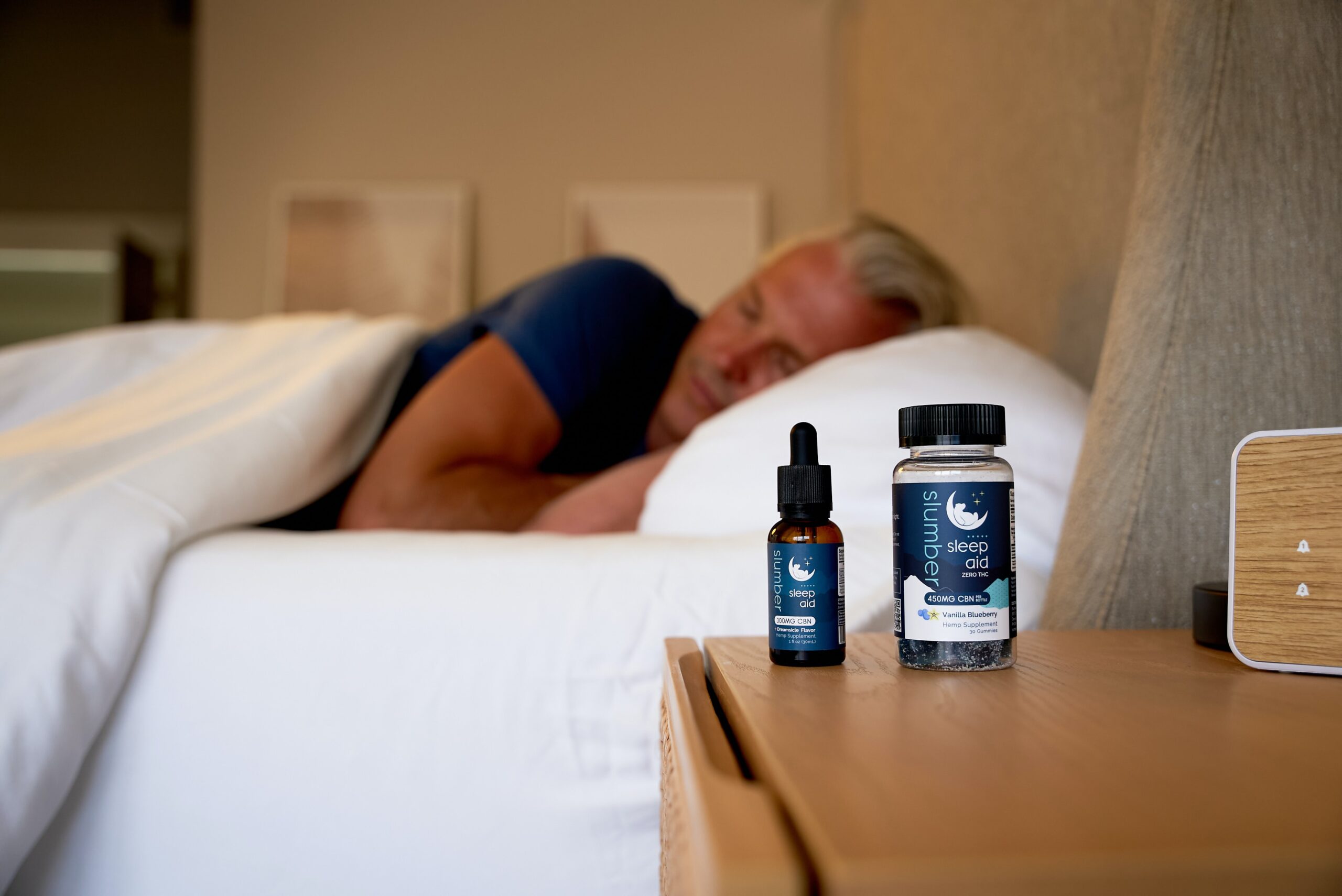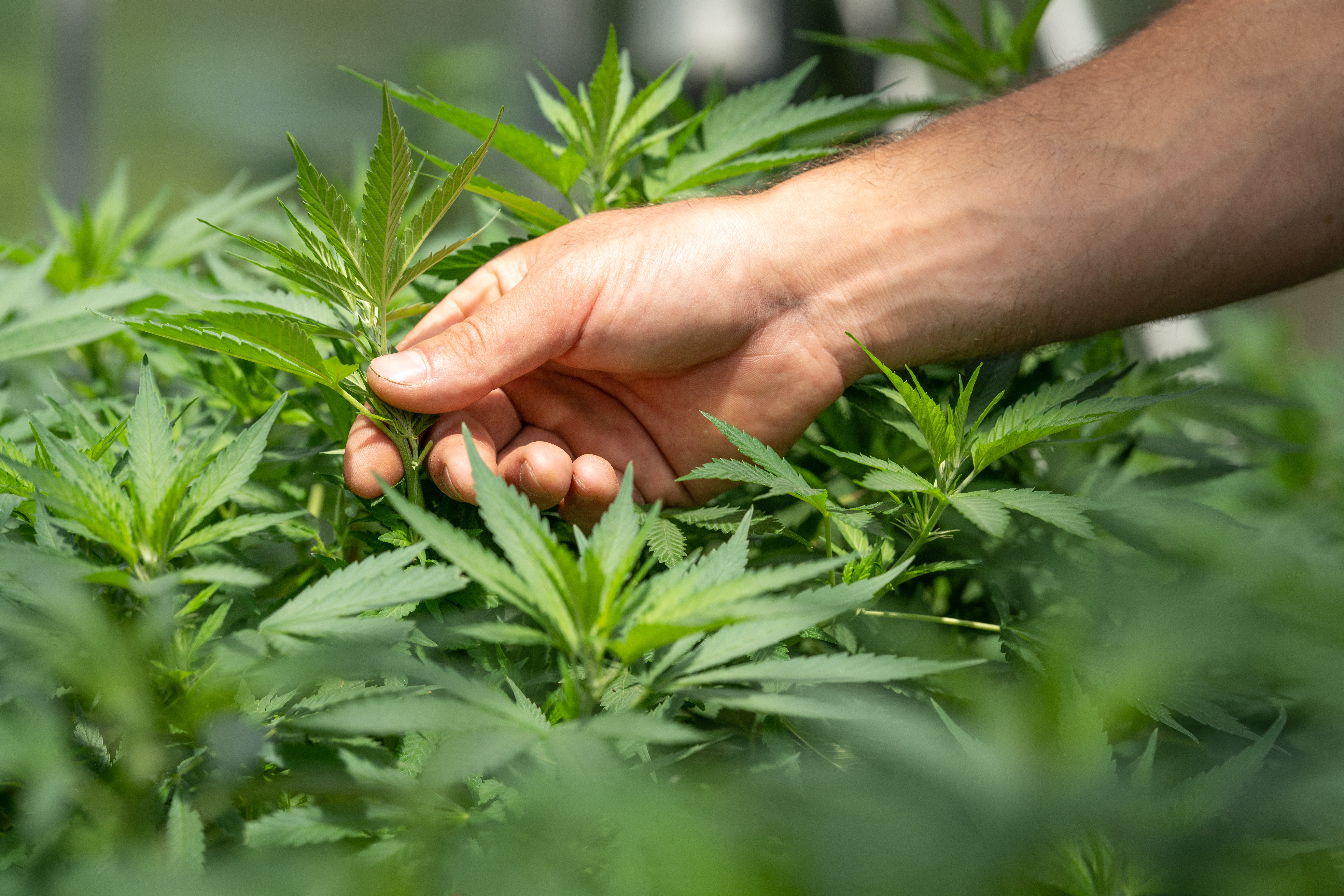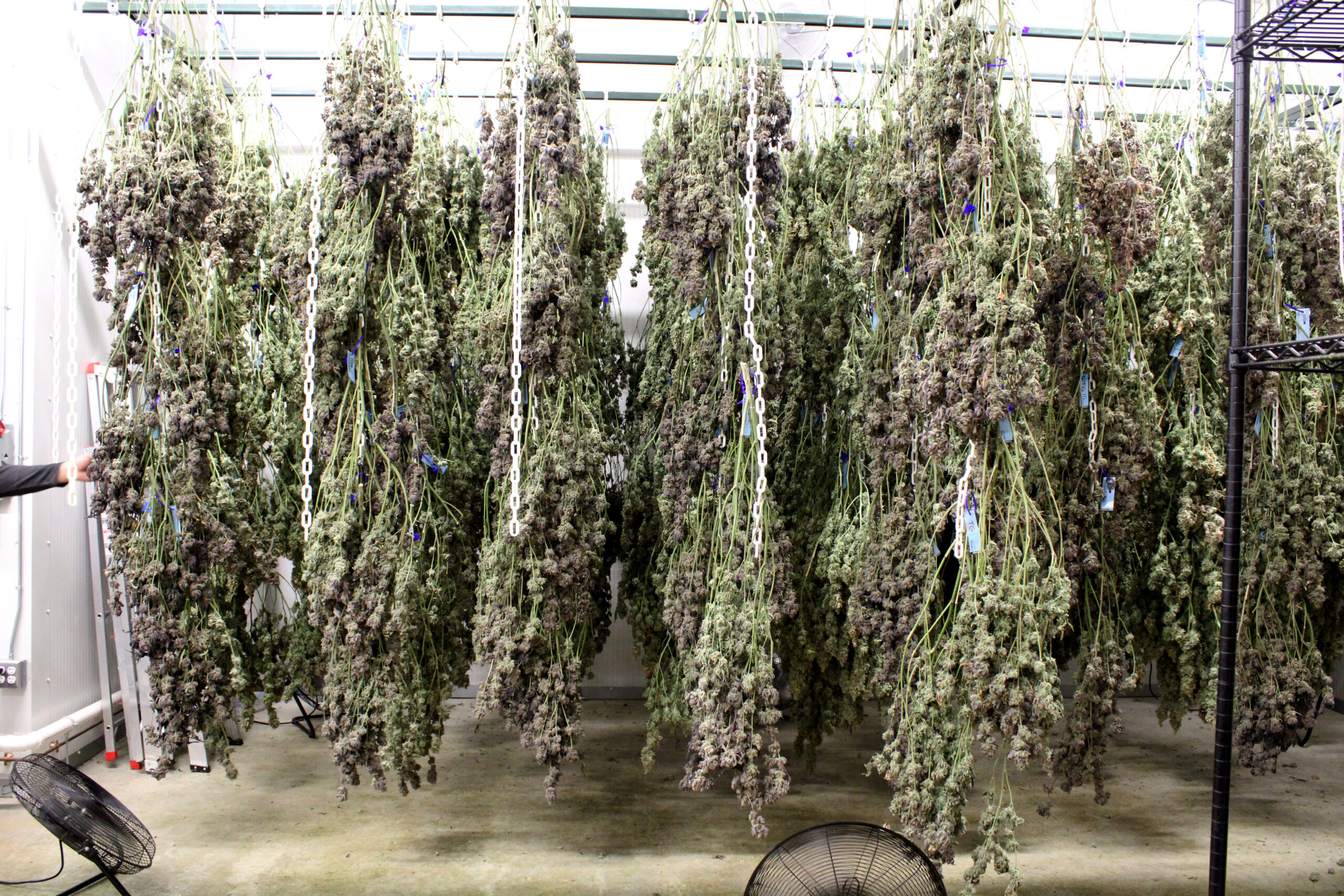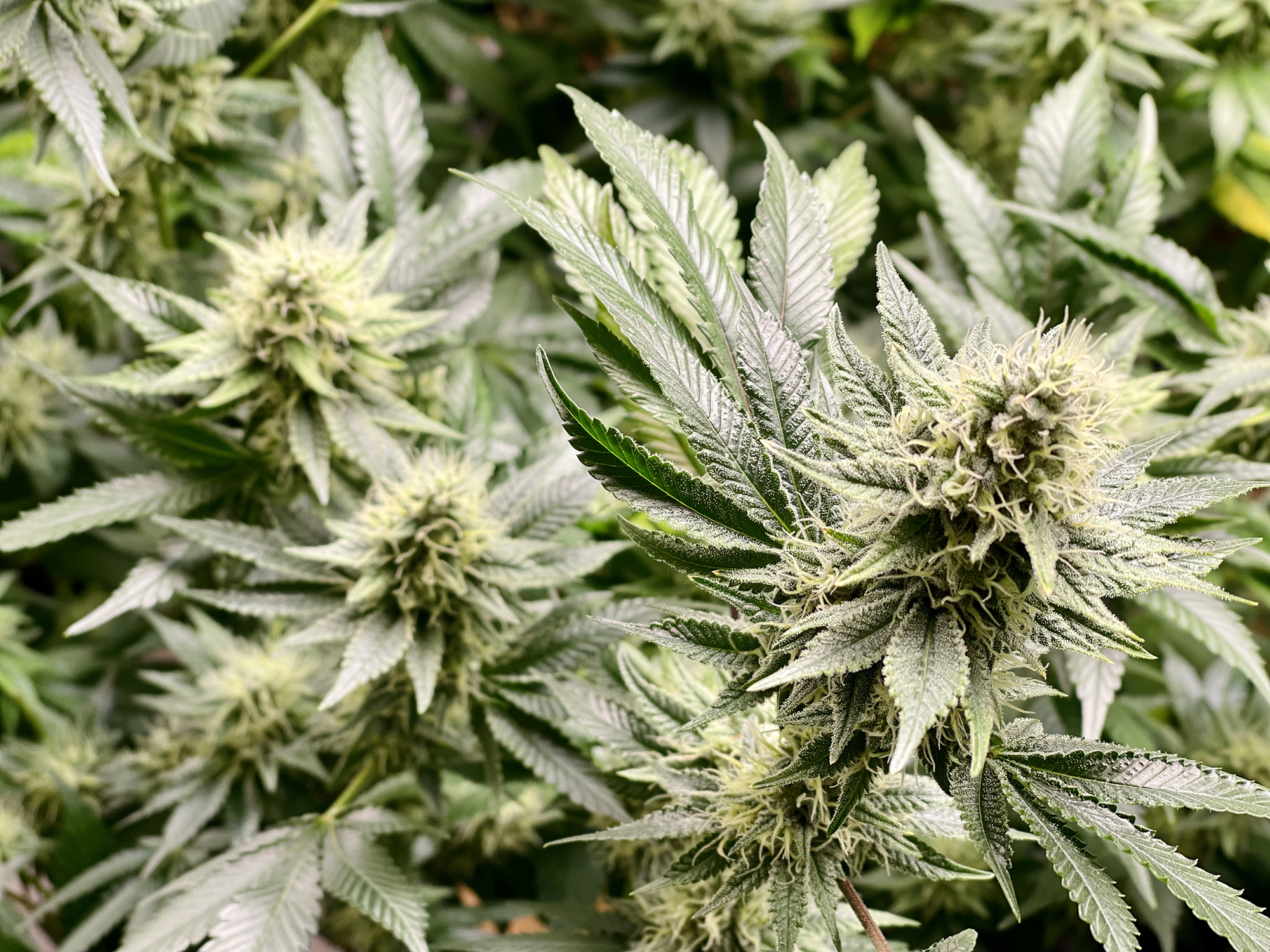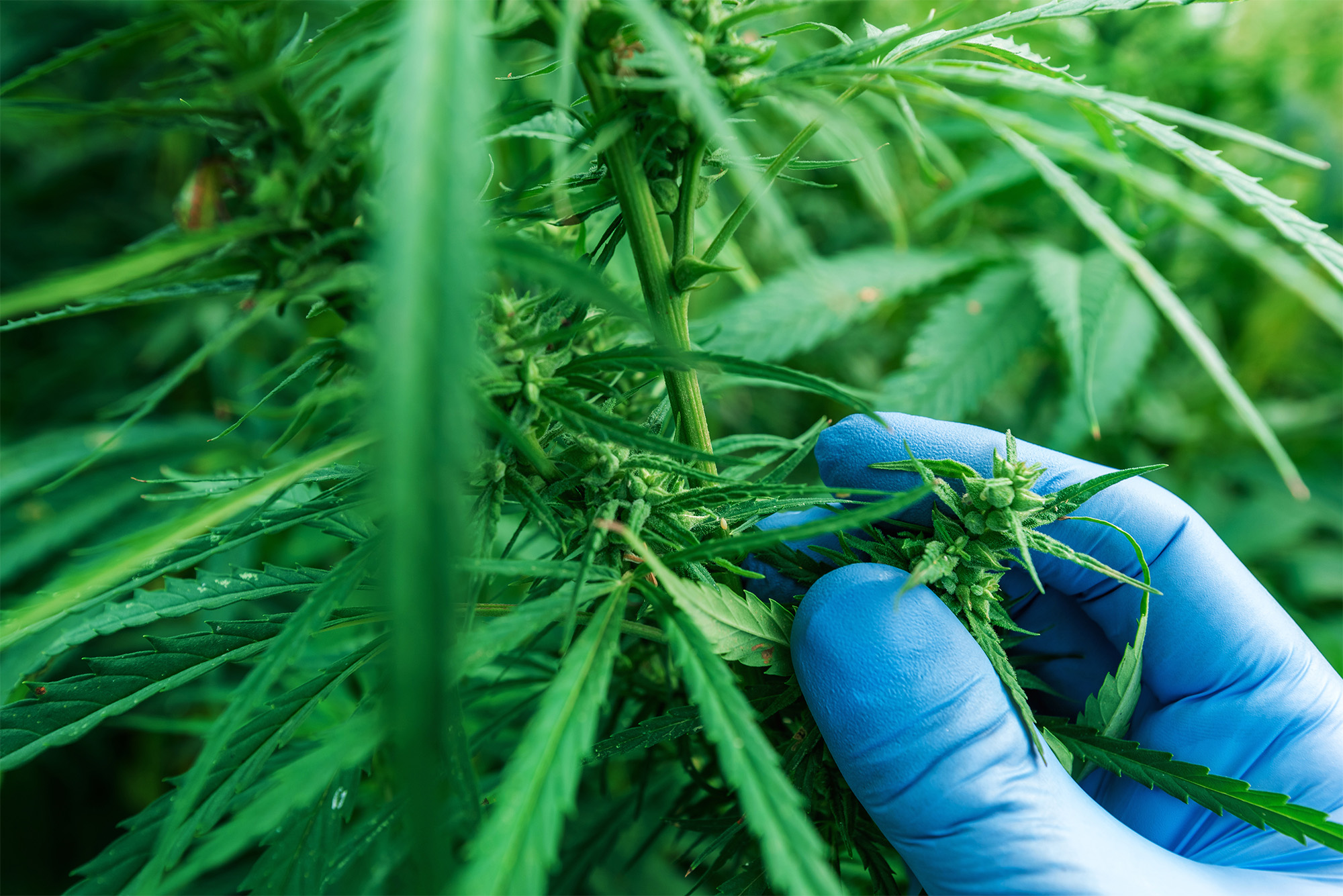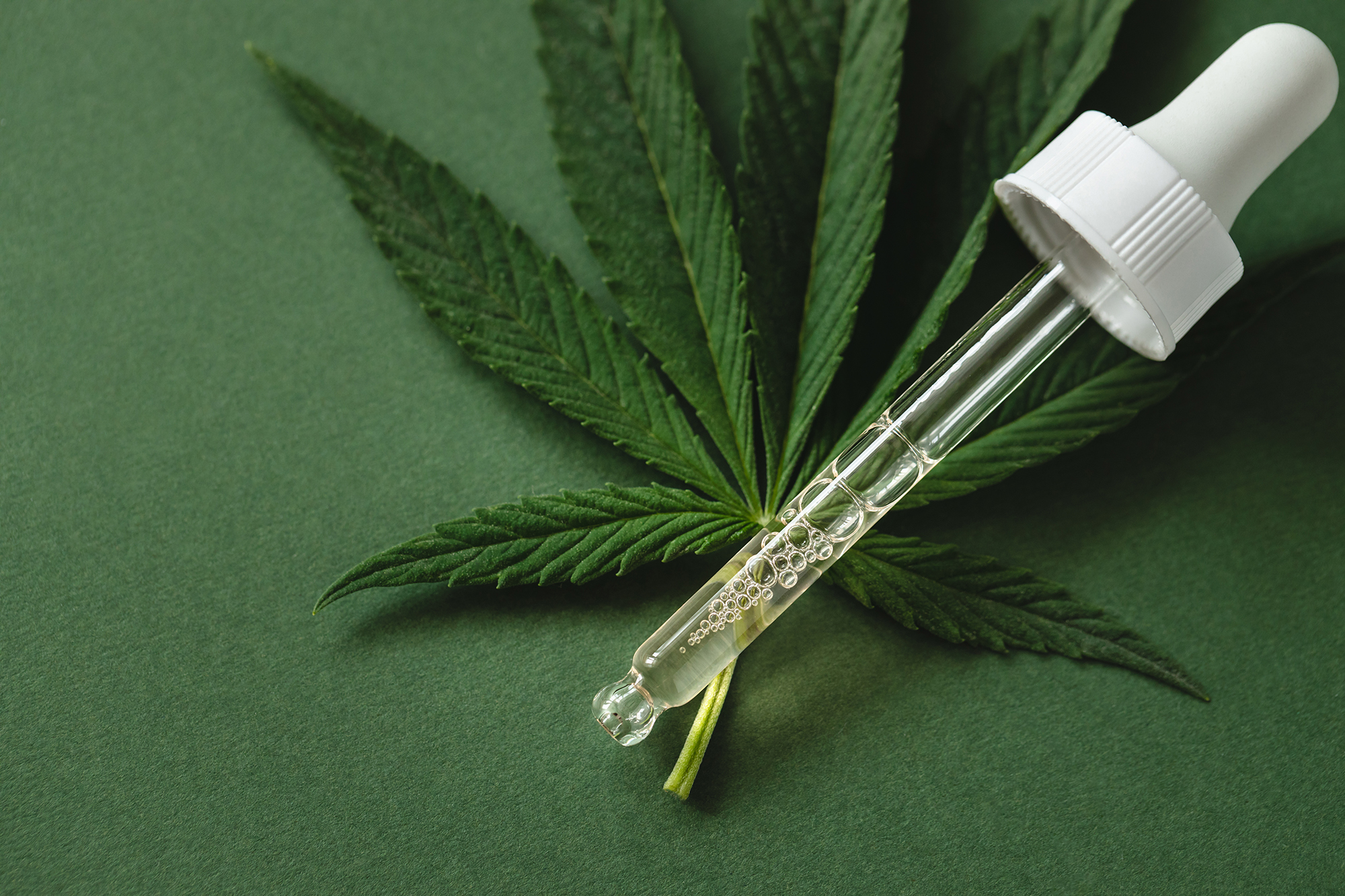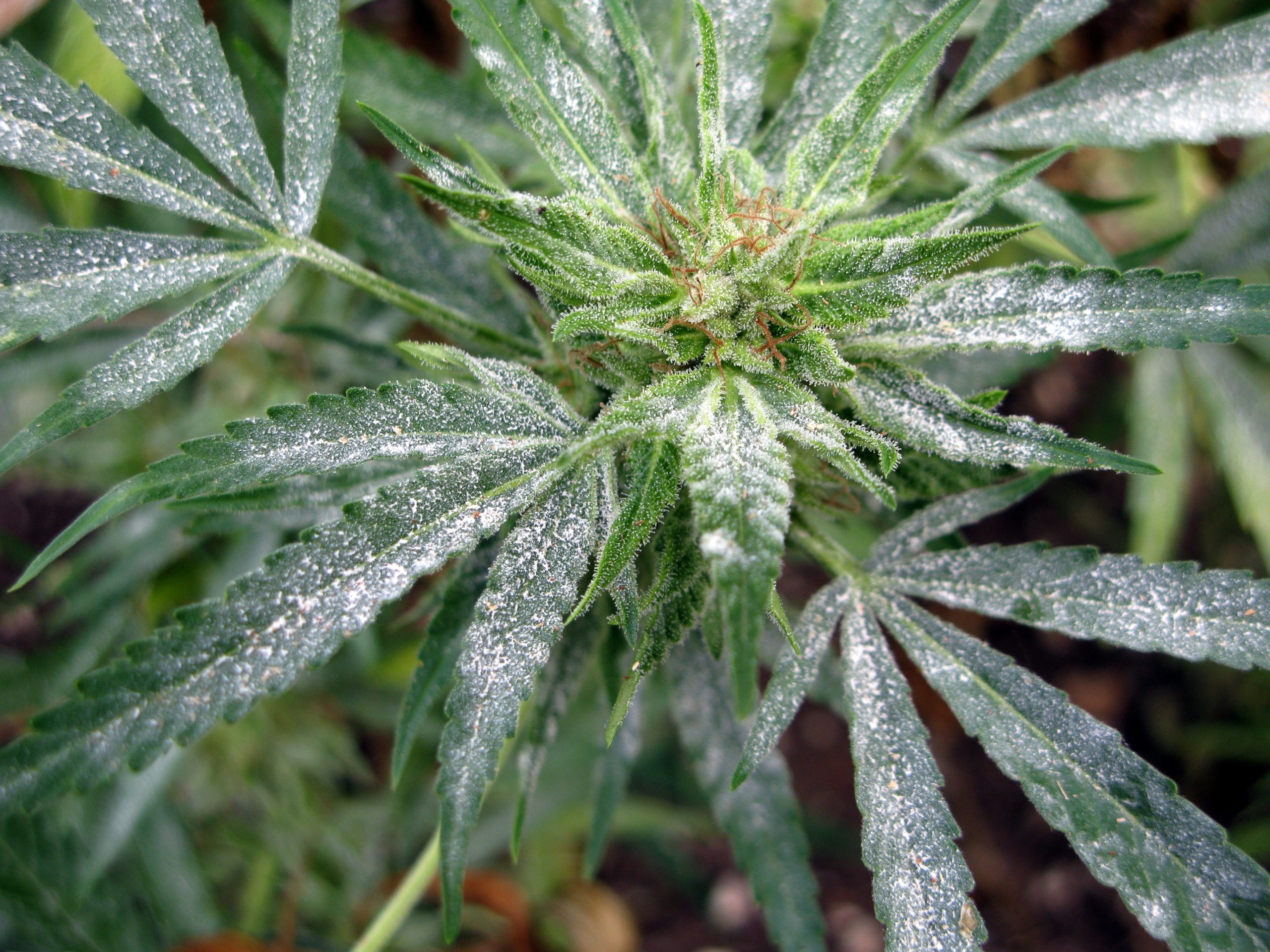
CBG: Unveiling the Potential Health Benefits
Cannabigerol, or CBG, is a lesser-known cannabinoid found in the cannabis plant. While often overshadowed by the more famous THC and CBD, CBG is gaining attention for its unique properties and potential health benefits. In this article, we’ll explore what CBG is as well as its potential medicinal uses.
Located off of 495 in Lowell, MA, Smyth Cannabis Co. is the top recreational dispensary serving Andover, Ayer, Billerica, Burlington, Chelmsford, Nashua, Dracut, Groton, Haverhill, Lawrence, Littleton, Lowell, North Andover, North Reading, Reading, Stoneham, Tewksbury, Tyngsborough, Wakefield, Westford, Wilmington, Woburn and the surrounding towns. We carry a variety of different products from all your favorite local Massachusetts brands, plus more.
Understanding CBG
CBG is one of over 100 cannabinoids present in the weed plant. It is a parent to other cannabinoids, including THC and CBD, meaning that as the plant matures, CBG undergoes chemical changes, transforming into these more well-known compounds. Despite its relatively low concentrations in most strains, researchers are growing more and more interested in CBG due to its potential therapeutic effects.
Potential Health Benefits of CBG
- Anti-Inflammatory Properties: CBG has demonstrated anti-inflammatory effects in some early studies. For example, CBG’s ability to effect the body’s inflammatory response could be beneficial in conditions such as arthritis and inflammatory bowel diseases.
- Neuroprotective Effects: Some studies suggest that CBG may have the ability to slow or even reverse neural damage, making it a natural option for neurodegenerative conditions. So far, research is still in its early stages, but the initial findings look promising.
- Antibacterial and Antifungal: CBG has shown to work as an antibacterial and antifungal agent. For this reason, it could be helpful in the treatment of infections, offering a natural alternative to antibiotics.
- Potential Cancer Fighter: Early research indicates that CBG might have anti-cancer properties. Studies have explored its ability to slow the growth of cancer cells in certain types cancer. However, more research is needed to fully understand its potential use in cancer treatment.
- Appetite Stimulation: CBG may play a role in stimulating appetite, which could be beneficial for individuals experiencing appetite loss due to medical conditions or treatments like chemotherapy.
- Glaucoma Management: In short, some research suggests that CBG could help manage symptoms of glaucoma. However, more research is needed to prove these findings.
Forbes: What Is CBG? Benefits, Risks And More
Where to Get CBG
Today, products containing CBG are not as widely available as those with more common cannabinoids like THC and CBD. However, the industry is dynamic, and new products are constantly being developed.
- CBG-rich Cannabis Strains: Some cannabis cultivators are focusing on developing strains with higher CBG content.
- Full-Spectrum CBD Oil: While most CBD oils primarily contain CBD, some full-spectrum CBD oils also include other compounds. Full-spectrum products are derived from the whole plant and may provide a broader range of cannabinoids.
- CBG Isolate: Similar to CBD isolate, CBG isolate is a concentrated form of the cannabinoid that can be used to create various other products.
- CBG Tinctures: Some companies produce tinctures specifically formulated with a higher amounts of CBG.
- Topical Products: Infused topicals such as creams, balms, and salves are applied to the skin for relief of specific areas.
- Edibles: It may be incorporated into edible products, such as gummies or snacks for those who do not enjoy smoking.
- Vapes: CBG vapes may be available for those who prefer inhalation methods.
The quality and content of CBG in products can vary, so it’s recommended to buy from trustworthy, licensed sources. In addition to that, users should always check the product’s testing information to verify its ingredients.
Conclusion
In conclusion, while research is still new, early studies show that it may hold a variety of health benefits. From anti-inflammatory and cancer fighting effects to potential use in glaucoma treatment, CBG’s medicinal properties may be extensive. As more scientific studies are done, CBG could prove to be an important factor in the field of medical use, offering new options for treatment and wellness.
Visit Smyth Cannabis Co. Today
Smyth Cannabis Co. Recreational Dispensary offers high quality flower, pre-rolls, edibles and more. There’s something here for everyone – both new consumers and experts alike. We carry a rotating selection of our premium cannabis products, along with other products from your favorite local brands. Best of all, parking is available for free onsite. Customers can visit us today at our Lowell, MA dispensary to learn more about our lab tested products.
Alternatively, you can check out our menu for a list of options in-stock today.
It is important to note that the above information is for educational use only and should not be interpreted as medical advice. Smyth Cannabis Co. does not guarantee the accuracy of any of the above information. Individual results will vary. All Smyth Cannabis Co. products are grown for recreational use and do not claim to possess any medical benefits. Smyth Cannabis Co. is a recreational-only dispensary and does not employe medical professionals. Consult your physician before using cannabis for any medical purpose.
